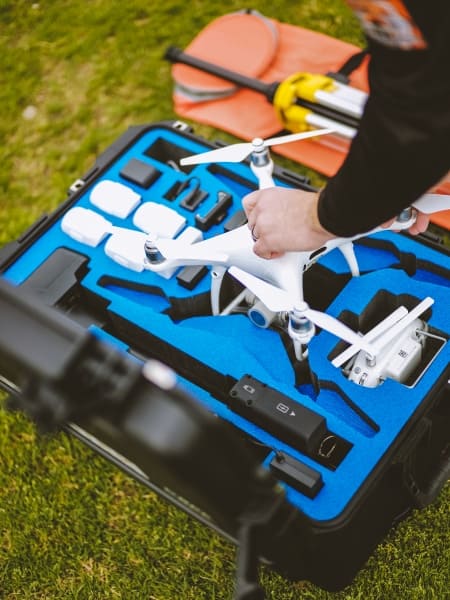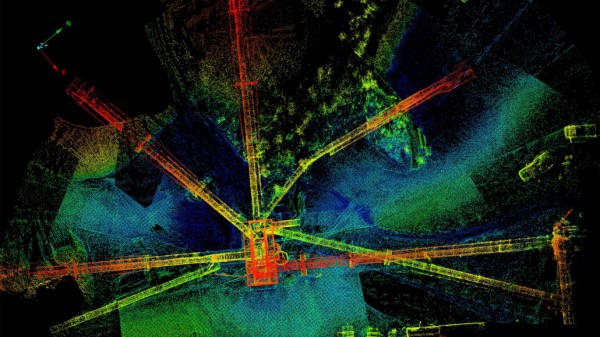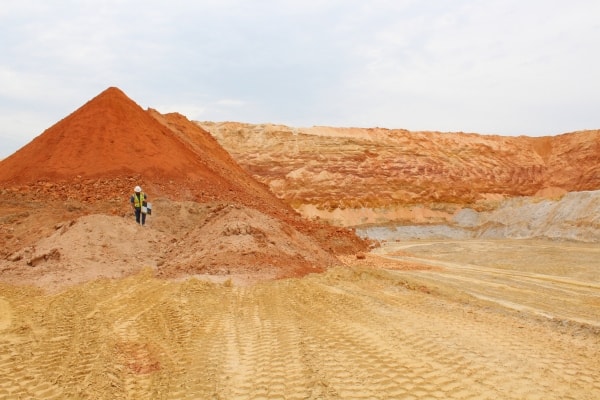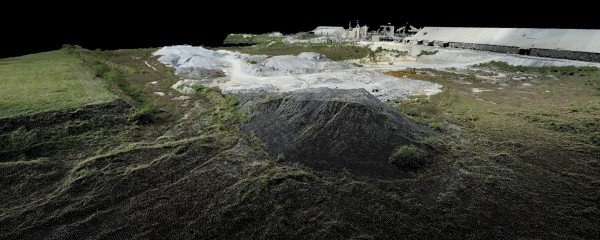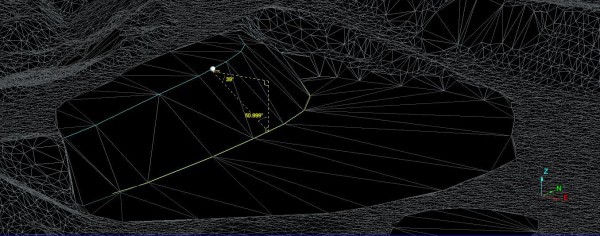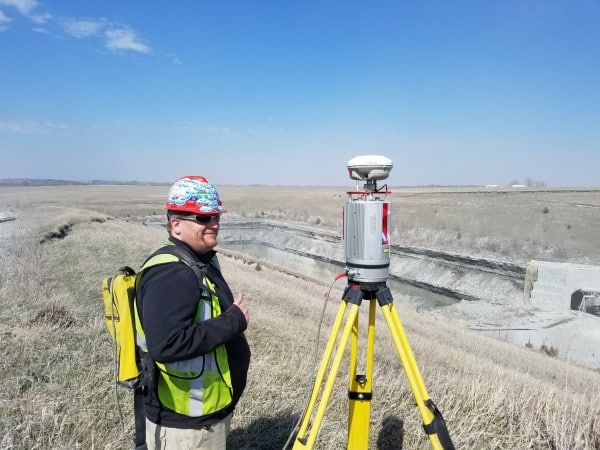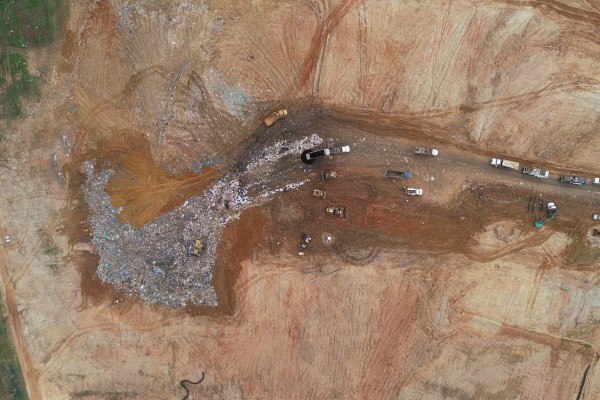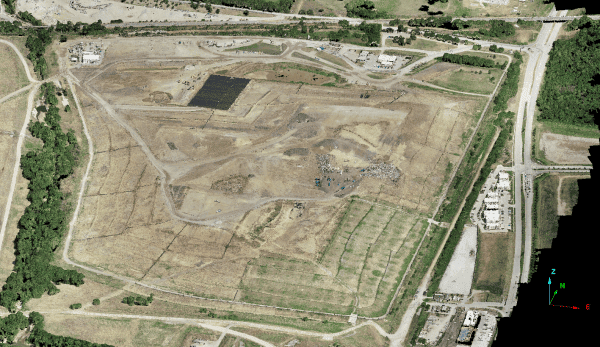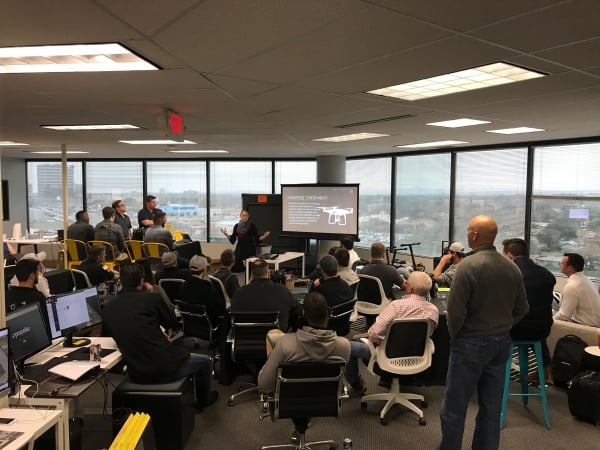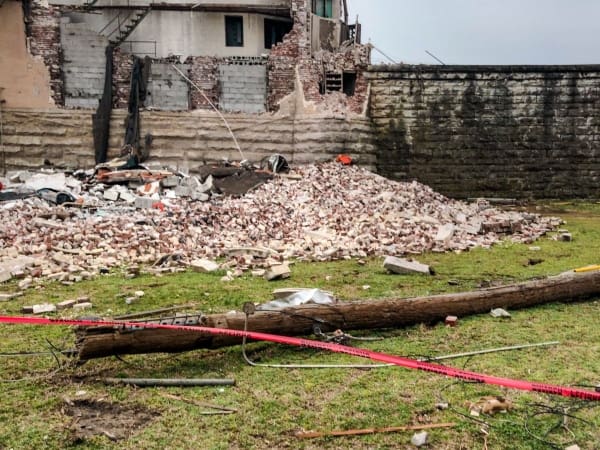Also published in Pit & Quarry.
Big data is revolutionizing every industry, and the mining industry is no exception.
Data allows companies to lower costs and improve productivity – but only if the data is used correctly.
The mining industry is under more pressure every day as the global population continues to grow. Each individual will require more than 3 million pounds of minerals, metals and fuel during his or her lifetime, meaning companies must optimize to meet increased demand. Big data can help achieve that goal.
Data has become much easier and safer to collect, which means we now have more of it. More data – and especially more frequent data – means executives can make more informed decisions, and better information leads to better performance.
Because data is being collected more frequently, it’s more important than ever for everyone – including high-level executives – to understand the basics of data collection, analysis and delivery. You’re making the critical operating decisions, so you need to understand where the data comes from.
Turning data into action
A lot of data is available for mining executives, but like minerals from the earth, it’s just raw material. While you should understand the basics of data, you don’t need to become an expert in data itself.
Data analysis is a full-time job that’s best left to experts who can translate a mountain of information into a more usable form. It takes a team of experts to analyze it efficiently and turn it into a finished product, which decision makers can use to maximize the potential of an operation.
Your job is to use the resulting insights to make important decisions. Focusing on the results allows executives and their team to make decisions that move the company forward instead of getting bogged down in the analysis details.
Still, part of the decision-making process also involves understanding the limitations of data. Data is an incredibly powerful tool that can lead to groundbreaking insights, but it isn’t perfect. Understanding its limitations is key to incorporating it appropriately into your business strategies.
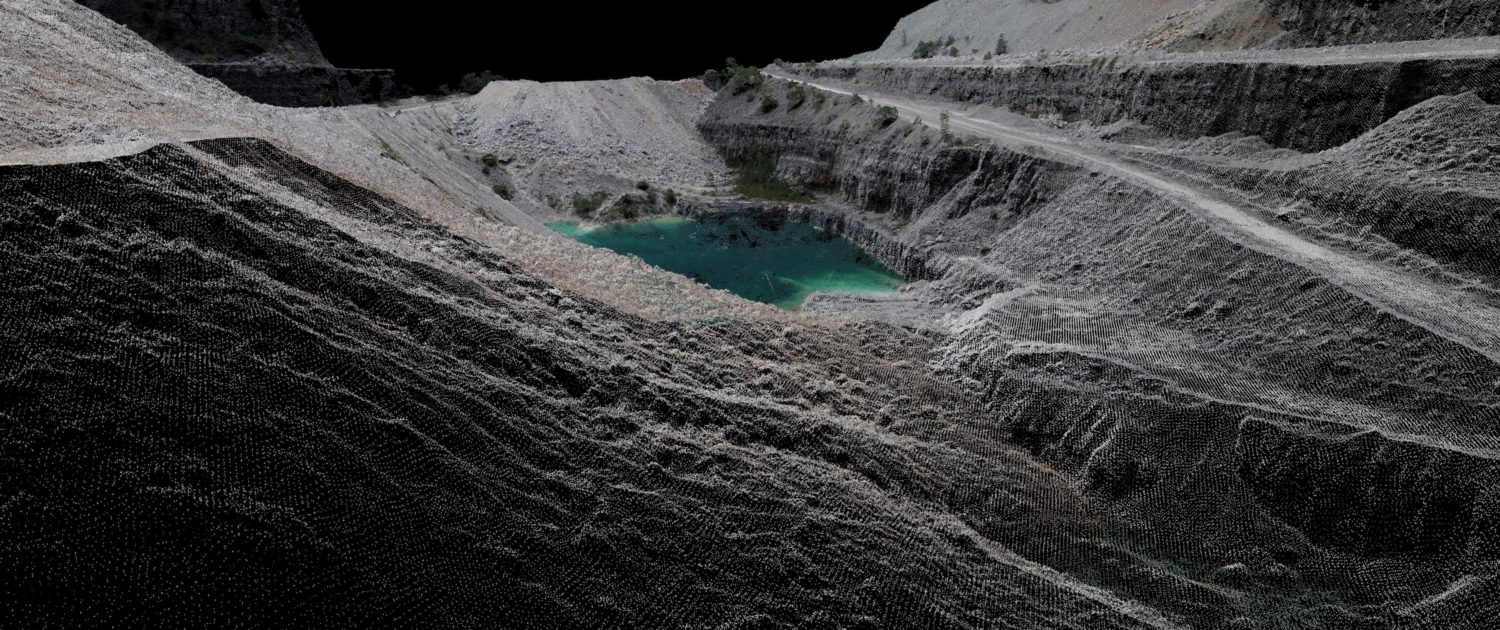
The future of data
Big data gives mining executives a much better picture of their operations – one they’ve never had before. From their desk, they can see and compare what’s going on at their site over time and make operational adjustments based on data that’s easily accessible.
The cost of data is decreasing, but as it’s collected more frequently, there are diminishing marginal benefits that vary based not only on the type of work you’re doing, but also across different sites or even within a specific site. For example, opening a new pit or outsourcing overburden removal requires more data than a low-production operation.
The focus should be on collecting valuable information that helps make decisions. It’s best to start off with an easy win and implement data in an area where it can produce value almost immediately.
For example, after outfitting equipment with sensors that gather real-time data about the machine’s operations, experts can use that data to improve efficiency and potentially save hundreds of thousands of dollars. Executives can then use that data to predict when equipment is about to fail and make decisions to increase machine reliability.
The ability to truly understand what is happening at an operation and base decisions on that true information is a huge benefit for executives, and it takes the guesswork out of operating.
And when you’re making the most of your data, you have a strong competitive advantage over other companies that are struggling to understand this information.



